The real estate industry has always adapted to new technology—from online listings to virtual tours. But one innovation that’s creating a real buzz right now is Virtual Staging AI. It’s not just a passing trend—it’s reshaping how agents market homes, how buyers view properties, and how deals are closed faster and more efficiently.
So, how exactly is Virtual Staging AI changing the game? Let’s break it down.
The Traditional Problem: Staging is Expensive and Time-Consuming
For decades, real estate agents and homeowners relied on physical staging to prepare homes for sale. While staging works well, the process is far from ideal:
- Renting furniture can cost thousands.
- Movers, designers, and setup crews take time and coordination.
- Each home staging project is a logistical puzzle, especially for multiple properties.
Plus, once the furniture is removed, the house often feels empty again—making it hard to maintain that staged look long-term.
The Solution: Virtual Staging Powered by AI
Enter Virtual Staging AI. This technology takes clear photos of empty rooms and transforms them into beautifully furnished, realistic spaces—digitally. No heavy lifting. No costly rentals. No stress.
But what really makes this AI-based staging revolutionary?
1. Scalability Like Never Before
One of the most exciting aspects of Virtual Staging AI is its scalability. Traditional staging limits you to staging one or two homes at a time due to cost and resources.
With virtual staging, you can:
- Stage multiple properties at once.
- Experiment with different design styles for the same listing.
- Easily update or tweak photos if your marketing strategy changes.
Whether you’re a solo agent, a large brokerage, or a property management company, scaling up your marketing efforts becomes effortless.
2. Personalized Marketing at Your Fingertips
Modern buyers expect personalized experiences. With Virtual Staging AI, you can tailor each listing to fit a specific buyer demographic:
- Young professionals? Showcase modern, sleek interiors.
- Families? Opt for cozy, functional layouts.
- Luxury buyers? Highlight high-end, designer aesthetics.
In traditional staging, making these changes would be impossible without massive costs. Virtual staging makes personalization easy and affordable.
3. Reducing the “Days on Market”
A key metric for any real estate agent is how long a property sits on the market. The longer it stays, the more pressure there is to lower the price.
Virtual staging helps cut down those “days on market” by:
- Making listings visually appealing from the start.
- Attracting more views and in-person showings.
- Helping buyers envision themselves living in the space immediately.
It’s no surprise that homes with staged photos—whether virtual or physical—tend to sell faster.
4. Adapting to a Digital-First Buyer Experience
More than 90% of homebuyers now start their search online. Buyers make snap decisions based on photos. That first impression counts.
Virtual Staging AI allows agents to present listings in the best possible light right from day one, giving them an edge in a digital-first world.
5. Eco-Friendly and Logistically Simple
Beyond the financial and time-saving benefits, virtual staging is also:
- Eco-friendly: No moving trucks, no waste, no physical furniture production.
- Logistically simple: No need to coordinate teams, rent storage units, or worry about damaged furniture.
Everything is handled digitally and efficiently, freeing up time for agents to focus on closing deals, not managing staging logistics.
6. Keeping Up with Industry Trends
The real estate industry is becoming increasingly tech-driven. Virtual tours, online paperwork, and AI-driven analytics are already common. Virtual Staging AI is part of this natural progression.
Agents who leverage this technology show clients they’re modern, innovative, and prepared to go above and beyond. It’s also a powerful selling point when pitching your services to potential sellers.
7. Providing Transparency and Clarity
While virtual staging enhances the appearance of a property, it’s also important to be transparent. Most agents clearly label staged images as “virtually staged,” ensuring buyers are informed.
Rather than misleading, it adds clarity—it helps buyers visualize potential without hiding anything about the physical condition of the home.
The Future of Real Estate is Here
Virtual Staging AI isn’t just a clever marketing tool—it’s a fundamental shift in how the real estate industry operates. It saves money, shortens selling time, and meets the expectations of a new generation of digitally savvy buyers.
Whether you’re an agent looking to grow your business, a developer marketing multiple units, or a homeowner selling your own property, Virtual Staging AI offers a smarter, faster, and more flexible approach.
This technology is revolutionizing the industry—and those who embrace it early are reaping the benefits.

